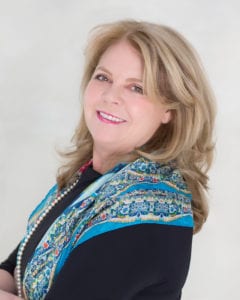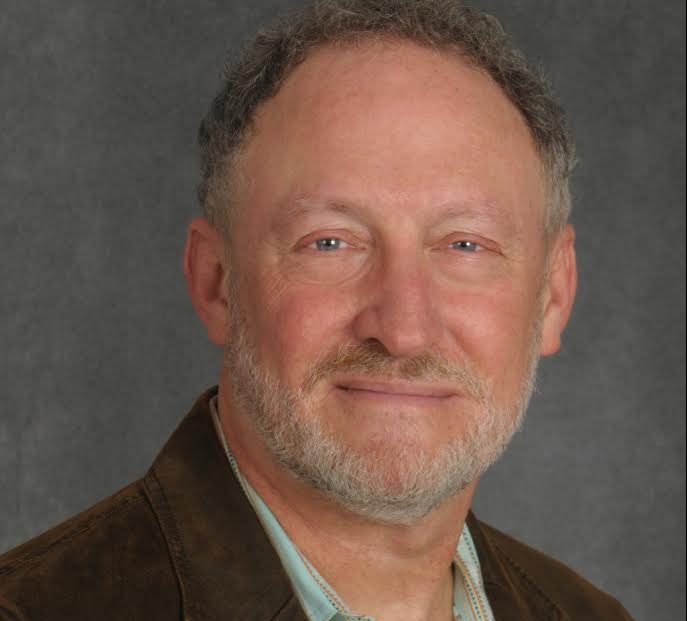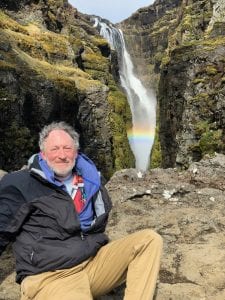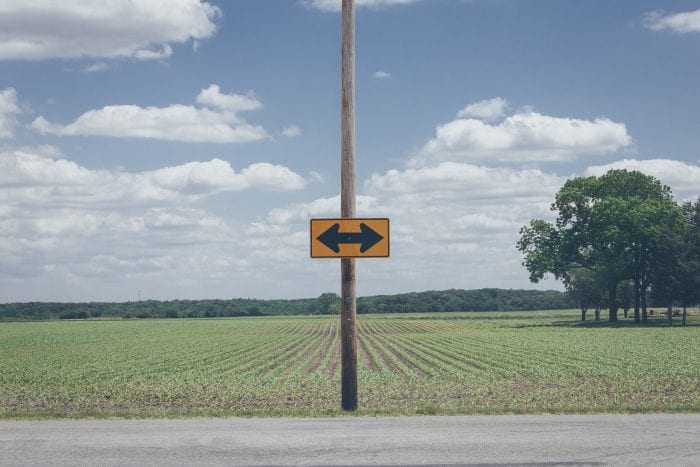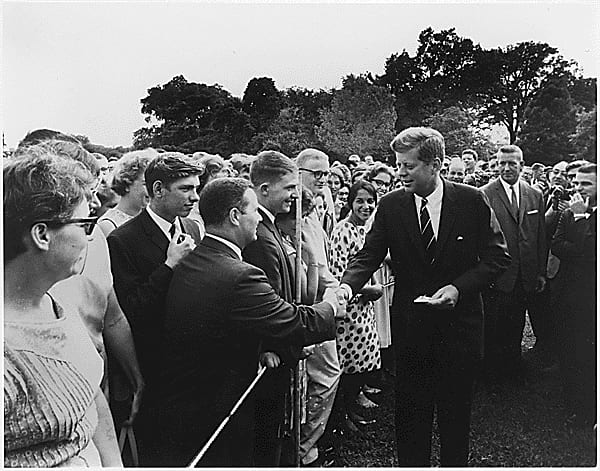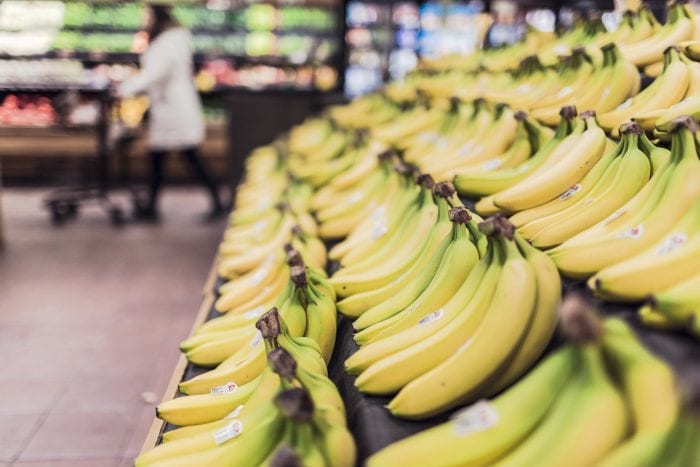By Barbara Beltrami
What’s a holiday dinner without a roast of some kind as the piece de resistance? For Easter it’s usually ham or lamb, but I remember many an Easter dinner where turkey made a spring comeback or pork, roast beef and once even a “gourmet” meatloaf took center stage. If you don’t have traditional family recipes for Easter, maybe the following ones will help you.
Peach and Mustard-Glazed Baked Ham
YIELD: Makes10 to 12 servings.
INGREDIENTS:
One 8 to 10 pound smoked fully cooked bone-in half ham
1 cup firmly packed brown sugar
1 cup peach jam
1/2 cup country-style Dijon mustard
1 teaspoon cayenne pepper
DIRECTIONS:
Preheat oven to 300 F. Place ham cut side down in roasting pan. With sharp knife score tough skin top to bottom in several places; cover with foil and bake 1 1/2 hours. In medium bowl vigorously whisk together the sugar, jam, mustard and cayenne pepper; reserve one cup of mixture, cover and set aside. Brush remaining mixture all over ham; bake approximately another hour, until glaze is nice and brown. Brush reserved glaze over ham and bake 20 to 30 minutes, until second glaze turns brown and a thermometer reads an internal temperature of 140 F. Let sit 20 minutes before carving.
Roast Lamb with Rosemary and Garlic
YIELD: Makes 8 servings.
INGREDIENTS:
8 garlic cloves, peeled and chopped
3 tablespoons chopped fresh rosemary leaves
1/3 cup olive oil
1 cup red wine
Finely grated zest of 2 lemons
2/3 cup freshly squeezed lemon juice
1 tablespoon prepared Dijon mustard
5 to 6 pounds bone-in leg of lamb
Coarse salt and freshly ground pepper to taste
DIRECTIONS:
In a large nonreactive flat dish, whisk together the garlic, rosemary, oil, wine, lemon zest and juice and mustard. Add lamb and turn well to coat; cover tightly and refrigerate at least 8 hours. Preheat oven to 375 F. Remove lamb from marinade, place on a rack in a shallow roasting pan and with the tip of a sharp knife pierce slits in several places over the outside.
Strain garlic, rosemary and zest from marinade and with a small spoon poke them into the slits; rub remaining liquid all over lamb and poke some into slits as well. Sprinkle with salt and pepper. Roast uncovered in a 375 F oven, turning once to crisp on all sides, 1 1/2 hours. Serve with roasted potatoes and fresh asparagus.
Roast Prime Rib of Beef
YIELD: Makes 6 to 8 servings.
INGREDIENTS:
One bone-in 6 to 7 pound prime rib, at room temperature
1 large shallot, cut into 8 wedges
Coarse salt and freshly ground black pepper to taste
2 cups red wine
4 cups beef stock or broth
2 tablespoons chopped fresh flat leaf parsley
DIRECTIONS:
Preheat oven to 350 F. With a sharp paring knife make 8 slits all over the top fatty side of the roast and press a shallot wedge into each one. Season with salt and pepper; place roast on a rack in a shallow roasting pan. Roast two hours for rare, 5 to 10 minutes more for other increments of doneness; an instant read meat thermometer should read 125 to 135 F for rare.
Remove from oven, tent with aluminum foil and let sit on carving board. Place roasting pan on cooktop over high heat; add wine and stir, scraping bottom of pan with a wooden spoon; add broth and parsley and continue cooking until liquid is reduced by half. Slice roast, arrange on large platter and pour liquid over slices. Serve with sautéed shallots and mushrooms and Yorkshire pudding.

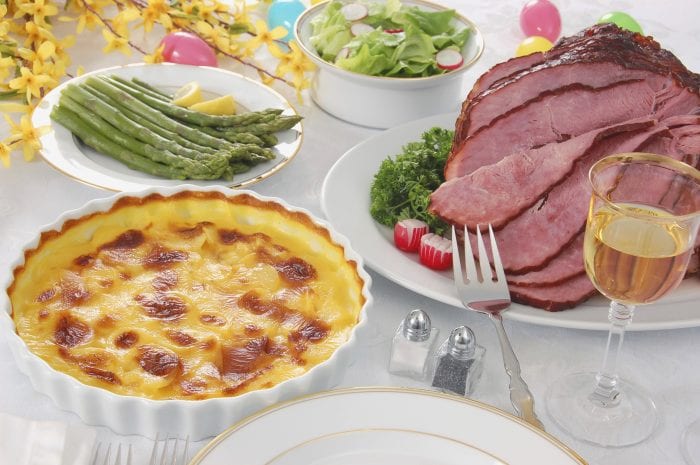
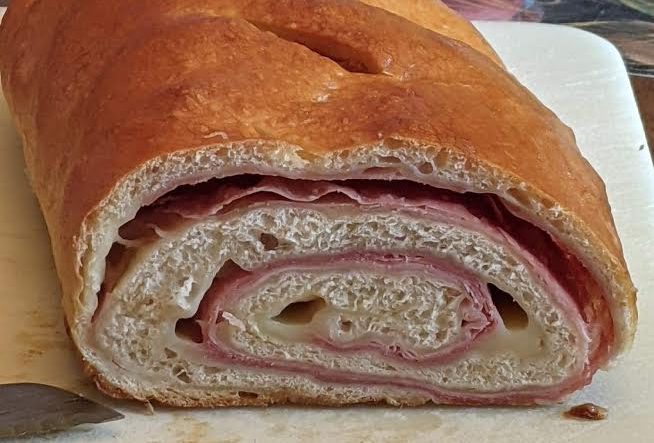

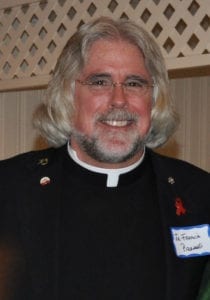

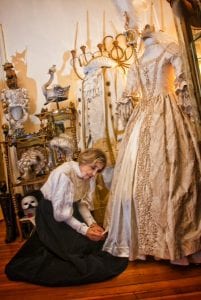
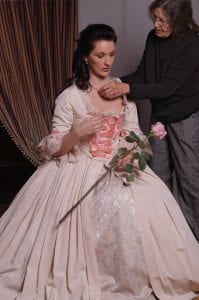 Nan left an incredible impact on so many, but to me, she was an unlikely friend and unforgettable mentor and confidant. Despite an age difference of some 60 years, our lives were wonderfully intertwined. We first met when she costumed me at just 10 years old as a Dickensian pickpocket for the Village of Port Jefferson’s annual Charles Dickens Festival. By chance, her son and his family had bought my childhood home which brought both of us great joy.
Nan left an incredible impact on so many, but to me, she was an unlikely friend and unforgettable mentor and confidant. Despite an age difference of some 60 years, our lives were wonderfully intertwined. We first met when she costumed me at just 10 years old as a Dickensian pickpocket for the Village of Port Jefferson’s annual Charles Dickens Festival. By chance, her son and his family had bought my childhood home which brought both of us great joy.
